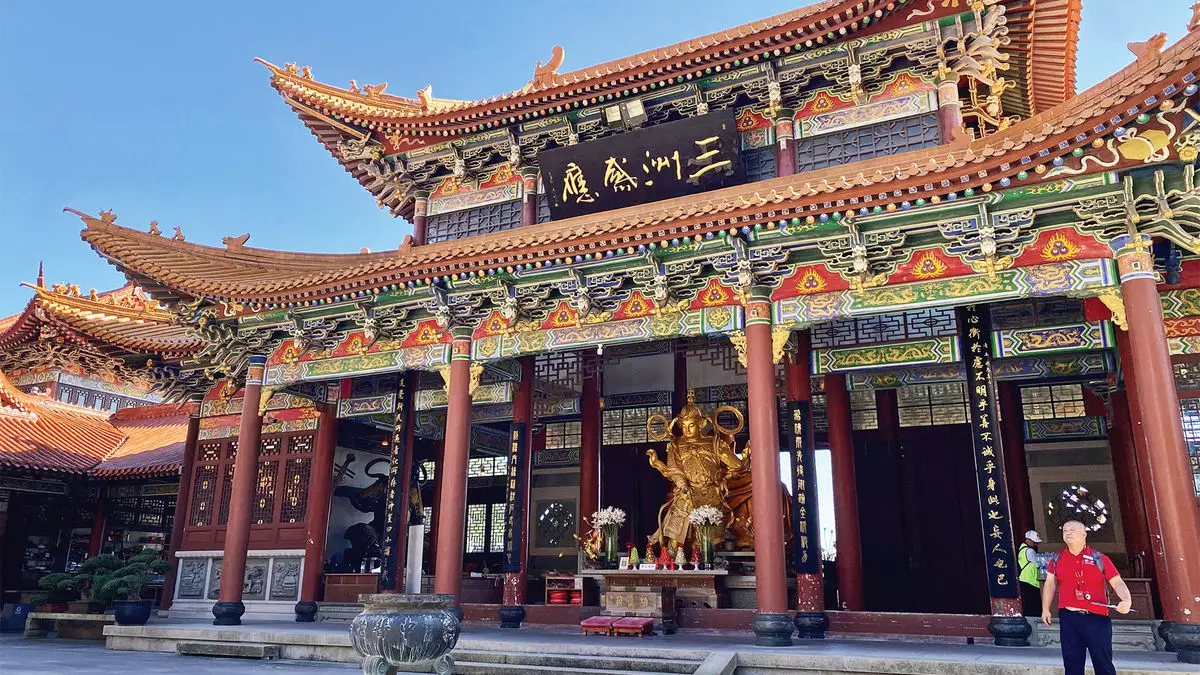Traveling across time zones presents more than just an exciting adventure; it introduces a complex challenge that affects our bodies and minds in unexpected ways. As I embarked on my journey from Tennessee to Colorado and then further afield to China, I began to understand the gravity of time management in travel. My road trips often felt like time traveling, shuffling between moments with no clear sense of timing. Today, as I frequently navigate airplane cabins across continents, the distinct phenomenon of jet lag has become my unwanted companion.
Every time we change time zones, our body’s natural rhythms fall into disarray. Our circadian clock, a biological mechanism that regulates daily cycles of sleep, mood, and overall physiology, struggles to adjust to the new temporal reality. Flying across vast distances means rapidly skipping hours in the day, which can lead to confusion and fatigue. As I prepared for my recent 10-day Viking cruise to China, I realized that my previous attempts to beat jet lag had only met with limited success. Despite adopting strategies—like abstaining from alcohol and changing my watch the moment I boarded—I often found myself chronically exhausted.
That’s when a friend introduced me to Timeshifter, an innovative app designed specifically to combat the effects of jet lag by recalibrating our 24-hour circadian system. With scientific backing, Timeshifter promised to guide me through the adjustments needed to minimize the debilitating effects of my impending travel.
Understanding the Science of Jet Lag Management
The creators of Timeshifter assert that adjusting to a new time zone involves complications beyond simple fatigue. Our sleep, mood, and cognitive performance can take a significant hit, alongside crucial biological functions, including hormonal releases and organ functionality. My previous methods of managing jet lag had not considered individualized adjustments to exposure to light—a critical factor influencing our internal clocks.
Upon entering my travel details into Timeshifter, the app provided a comprehensive plan that mapped out when to seek light, when to sleep, and how to manage caffeine intake in the days leading to my trip. This personalized approach was a significant departure from my anecdotal methods and felt refreshing. With precise directives, I was instructed to limit my light exposure drastically before my trip, leading me to don sunglasses indoors, a sight that raised some eyebrows among my friends and family.
The Journey Begins: Following the Plan
Arriving in Shanghai, I was curious to see if my adherence to Timeshifter’s instructions paid off. The app had bombarded me with notifications in the days leading up to my travel, which I followed dutifully. It was a surreal experience to feel energized after a long flight, ensuring I was firmly on schedule as night fell, lulling myself to sleep at the threatening hour of 10 PM. I spent my first day in an exciting whirlwind of Chinese culture, knowing I had successfully avoided the pitfalls of jet lag.
My experience in Shanghai stayed vibrant, and each night I found my internal clock synchronizing with the city’s rhythm. While walking through bustling streets and attending captivating performances, I realized how essential it was to consider the biology behind travel.
After a successful stint in China, returning to North America posed its challenges despite repeated use of Timeshifter. I had followed the app’s advice on light exposure and caffeine consumption during my voyage back. However, as I boarded yet another flight, I realized I had neglected to adjust the app for my final return to the Central Time Zone.
What ensued was a gradual slip into disordered sleep patterns. My initial excitement quickly eroded into unfamiliar fatigue, leaving me questioning if my earlier success had been deeply intertwined with the app’s guidance. I couldn’t help but wonder if my eventual sluggishness was due to my oversight or a natural consequence of extensive travel.
Jet lag is a relentless adversary that demands precision and attention. Through my experience, I’ve come to appreciate both the critical role of technology and the nuances of human physiology during travel. Timeshifter offered me a lifeline during my travels, proving that thoughtful preparation can ease the burdens of rapid time changes.
As I prepare for my next journey, I plan to dive deeper into the app’s offerings—leaving no travel detail unaccounted for. I am eager to test its capabilities more rigorously. For a modest fee, a year-long subscription would afford me the tools needed to master my body’s response to varying time zones. The urge to conquer time continues to captivate me, as I recognize that the challenge is not only about crossing distances but also about understanding the mechanisms behind time itself.


Leave a Reply